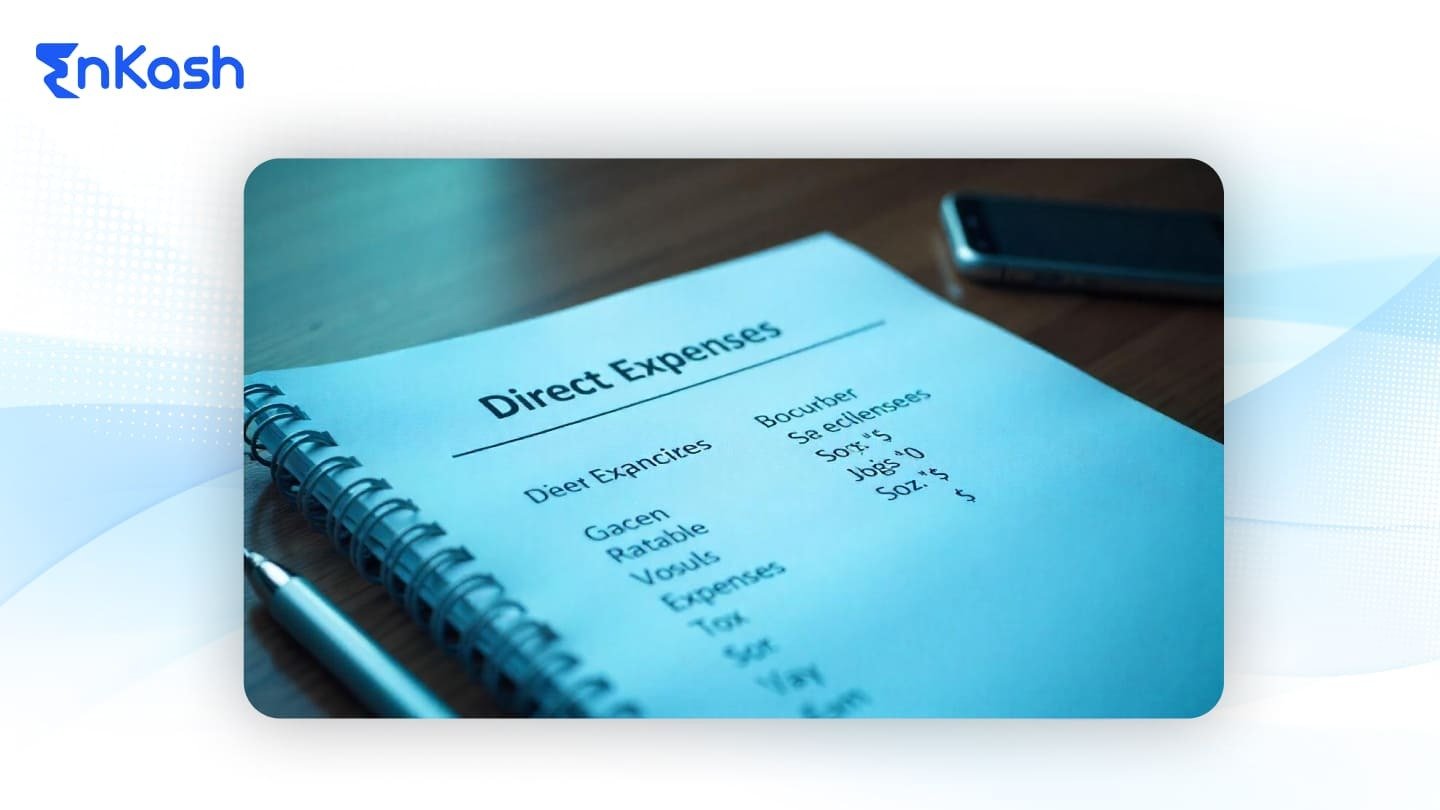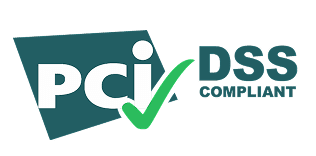In accounting, expenses refer to the costs incurred by a business to generate revenue during its operations. These costs are a crucial part of financial reporting as they directly affect the profitability of a company. Understanding expenses helps businesses manage their finances effectively and make informed decisions.
Expenses can be broadly categorized into two main types: direct expenses and indirect expenses. Direct expenses are costs that can be directly traced to the production of goods or services, such as raw materials, wages of production staff, or freight charges. On the other hand, indirect expenses are costs that are not directly linked to production but are essential for running the business, such as rent, utilities, office salaries, and advertising.
Understanding the difference between direct and indirect expenses is essential for accurate financial reporting, budgeting, and cost management. It also aids in preparing trading accounts, profit & loss statements, and cost sheets. Businesses that track and classify expenses properly can analyze profit margins, optimize spending, and ensure compliance with accounting standards.
What Are Expenses?
In accounting, expenses are the costs a business incurs to operate and generate revenue. They represent the outflow of resources, either in cash or other assets, to run daily operations, produce goods, or deliver services. Understanding expenses is essential for accurate financial reporting, budgeting, and profit analysis.
Expense vs Expenditure
While often used interchangeably, there is a subtle difference between expense and expenditure:
- Expense: A cost that is matched with revenue in the same accounting period, reducing the profit of the business. For example, raw material consumed, employee wages, or utility bills.
- Expenditure: Any payment made by a business, whether it benefits the current period or future periods. For instance, purchasing machinery or paying for a long-term insurance policy.
Key Point: All expenses are expenditures, but not all expenditures are considered expenses in accounting terms.
Classification of Expenses
Expenses are generally classified into two broad categories for easier tracking and reporting:
Direct Expenses
Costs that can be directly traced to the production of goods or services.
Examples: Raw materials, wages of production staff, freight inward, and manufacturing expenses.
Indirect Expenses
Costs that cannot be directly linked to a product or service but are necessary for overall operations.
Examples: Rent, utilities, office salaries, depreciation, and advertising expenses.
Proper classification of expenses ensures transparent accounting, accurate profit calculation, and effective cost management. Businesses can use this information to optimize spending, improve profitability, and comply with financial regulations.
What are the Direct Expenses?
Definition of Direct Expenses
These expenses are the costs that can be directly traced to the production of goods or services. These expenses are incurred specifically for manufacturing a product or providing a service and are directly associated with the output.
In accounting, direct expenses are also called chargeable expenses. They form part of the prime cost, along with direct materials and direct labor. Tracking direct expenses accurately is crucial for financial reporting, pricing decisions, and profitability analysis.
Examples of Direct Expenses
It include all costs that are directly involved in the production process or service delivery. Common examples include:
- Raw Materials: Essential inputs used to manufacture products.
- Direct Wages: Salaries paid to production staff or workers directly involved in making goods.
- Freight Inward / Carriage Inward: Transportation costs for bringing raw materials to the manufacturing unit.
- Manufacturing Expenses: Costs directly incurred in production, such as power for machinery, factory consumables, or tools used exclusively in production.
These expenses are recorded in the trading account and play a significant role in calculating gross profit.
Characteristics of Direct Expenses
Direct expenses have the following key features:
- Traceability: They can be directly linked to a specific product, service, or department.
- Impact on COGS: They directly affect the Cost of Goods Sold, influencing the gross profit of the business.
- Identifiable and Measurable: Every direct expense can be accurately measured and assigned to production costs.
- Variable in Nature: Most direct expenses vary with production levels, unlike indirect expenses which are generally fixed.
Also Read: What are Non-Operating Expenses
Direct Expenses List
S.No |
Direct Expense |
Description / Example |
|---|---|---|
1 |
Raw Materials |
Primary materials used in the production of goods |
2 |
Direct Wages |
Salaries paid to production staff or workers |
3 |
Freight Inward / Carriage Inward |
Transportation costs for bringing raw materials to the factory |
4 |
Manufacturing Supplies |
Consumables used directly in production (e.g., oils, lubricants) |
5 |
Factory Power & Fuel |
Electricity, gas, or fuel used for machinery in production |
6 |
Direct Labor |
Labor costs that can be directly traced to manufacturing |
7 |
Factory Rent (for production area) |
Rent for the factory space used exclusively for production |
8 |
Direct Tools & Equipment |
Tools used only in manufacturing products |
9 |
Production-related Packaging |
Packaging materials are applied during the production stage |
10 |
Carriage / Shipping of Finished Goods |
If billed directly to a product or job |
Also Read: Bill Payment
How to Identify and Classify Direct Expenses
The maintenance of precise financial records demands the identification as well as desegregation of it. Following a definite process with these costs helps ensure they are accounted for and captured in the COGS. Below is an elaborate procedure for identifying and classifying direct expenses.
Analyze Production Costs
In the analysis of production costs, begin with other costs incurred as a result of the production activities. This includes every expense that contributes to the making or delivery of a product or service like the costs of raw materials, labor or production aids.
Link to Specific Outputs
Ensure that each expense or cost can be related to or traced back to one specific product or service delivered. This step prevents certain costs that do not directly affect the output from being classified in the direct expense account.
Separate from Indirect Costs
These Expenses should be distinguished from Indirect Costs like the wages of administrative staff or the purchase of office stationery, which are not directly associated with production. The latter are called overhead costs, while the former apply only to the process of manufacturing.
Verify Inclusion in COGS
Ensure all these expenses remain within the confines of COGS included in the financial statements. This is important in order to represent the cost that has been incurred by the business in relation to production, which is necessary for determining profitability and considering the pricing of products.
By following these steps, businesses can enhance the accuracy of reporting, budgeting, and pricing.
What is the Difference between Direct Expenses and Indirect Expenses?
Understanding the difference between direct and indirect expenses is crucial for accurate financial reporting, cost analysis, and decision-making in any business. Proper classification ensures that businesses can track costs effectively, manage budgets, and calculate profits correctly.
Key Differences in Tabular Form
Aspect |
Direct Expenses |
Indirect Expenses |
|---|---|---|
Definition |
Costs that can be directly traced to the production of goods or services |
Costs that cannot be directly traced to a specific product or service |
Impact on Accounts |
Recorded in the Trading Account and affects Gross Profit |
Recorded in the Profit & Loss Account and affects Net Profit |
Examples |
Raw materials, direct wages, freight inward, production supplies |
Rent, utilities, office salaries, depreciation, advertising |
Traceability |
Easily traceable to a specific product, service, or department |
Cannot be traced directly; considered overheads |
Nature of Costs |
Variable – changes with production levels |
Mostly fixed – remain constant irrespective of production volume |
Purpose |
Directly contributes to production or service delivery |
Supports overall business operations but is not tied to a single product |
Also Known As |
Prime costs or production costs |
Overheads or operating expenses |
Also Read: Difference between Cost Accounting and Financial Accounting
How to Calculate Direct Expenses
One of the most important aspects of product costing, pricing, and profitability analysis is the precise computation of direct expenses. Businesses can make sure that all direct expenses are included in the cost of goods sold (COGS). Here is a well-organized, comprehensive way of direct expense evaluation:
Identify Production Costs
Start with a list of all costs directly linked to production. This includes raw materials, production labor, and or any other materials that go into making the finished product or services. Each cost must be related distinctly to the production phase.
Classify as Direct
For each expense, assess its directness or contribution to the output of the concerned product or project. Include only those specific expenses related to the final product and omit any generic or overhead ones, such as power bills or remuneration of office assistants.
Summarize Costs
Compile all the direct costs that have been traced. This figure is the total direct cost of the production of the goods or services and shows how much it costs to produce. This cost aggregation is critical in establishing the prices that can cover the costs and, at the same time, provide the desired profits.
Include in COGS
After identifying direct expenses, include them in the Cost of Goods Sold (COGS) section of the financial statement in the financial statement. This is because the cost of goods sold (COGS) is used while calculating gross profit, in which case, direct expenses adjustment in COGS is important so that profit margin can be gauged properly.
Example Calculation
Let’s say there is a company that is engaged in certain operations and spends $12,000 for raw materials, $8,000 for labor costs incurred to produce the good, and fuel worth $3,000 for only production-related works. Adding these amounts results in total direct expenses of $23,000. This amount is then included in the COGS, ensuring all production costs are accounted for in profitability assessments.
By following these steps, businesses can maintain accurate financial records, make informed pricing decisions, and optimize budget management based on precise cost calculations.
Direct and Indirect Expenses in Accounting
In accounting, proper classification of direct and indirect expenses is crucial for accurate financial reporting, cost analysis, and decision-making. These expenses are recorded in different accounts depending on their nature and purpose. Understanding how they appear in the Trading Account, Profit & Loss Account, and Cost Sheet is essential for both businesses and accounting professionals.
Direct and Indirect Expenses in Trading Account
The Trading Account primarily focuses on that are directly associated with the production or purchase of goods. Recording these expenses helps in calculating the Gross Profit of a business.
Key Points:
- Direct Expenses in Trading Account: Raw materials, direct wages, freight inward, carriage inward, and factory expenses.
- Purpose: Helps determine the cost of goods sold (COGS) and gross profit accurately.
Example:
If a manufacturing company spends on raw materials and pays wages to production staff, these are direct expenses debited to the Trading Account.
Indirect Expenses in Profit & Loss Account
Indirect expenses are not directly linked to the production of goods but are necessary for running the business. These are recorded in the Profit & Loss Account to calculate the Net Profit.
Common Indirect Expenses:
- Rent for office or factory
- Utilities such as electricity, water, and gas
- Office salaries and administrative costs
- Depreciation and advertising expenses
Purpose: Helps in tracking overall business overheads and operational costs.
Direct and Indirect Expenses in Cost Sheet
In cost accounting, the Cost Sheet is used to compute the total cost of production, including both direct and indirect expenses.
Key Points:
- Direct Expenses in Cost Sheet: Raw materials, direct labor, factory wages, and direct manufacturing costs.
- Indirect Expenses in Cost Sheet: Factory rent, power, depreciation, indirect labor, and administrative overheads.
- Helps in accurate product costing, pricing decisions, and profitability analysis
Conclusion
It is important to allocate direct costs for the proper measurement of production cost and profitability assessment. These costs include raw materials, labor, and the costs of packaging and transportation as well, and are fundamental in understanding the real cost of production.
Depending on the identification, classification, and calculation of direct expenses, a business will be able to set prices, prepare a budget, and maximize profits. This way, if the direct expenses are managed well, the companies will remain competitive and grow sustainably.
It helps organizations manage finances strategically by improving budgeting, pricing, and profitability.
FAQs
1. What are Direct Expenses?
It refers to expenses that are incurred as a result of the manufacturing of goods or rendering of services, and are easily identifiable with a specific activity or service.
2. What do direct expenses directly affect?
The direct expenses are related in calculation to the cost of goods sold since they are incurred in the manufacturing process.
3. What is another name for direct expenses?
Direct expenses are a component of Cost of Goods Sold (COGS) but not a synonym for it.
4. Are direct expenses fixed or variable costs?
Direct expenses are often considered variable as they change with the level of activity or output.
5. How to calculate direct expenses?
Direct Materials + Direct Labor = Direct Expenses.
6. Are direct expenses operating expenses?
Direct expenses and operating expenses are both expenses incurred in the running of your business.
7. Is rent a direct expense?
Rent, power, stationery, legal charges, and insurance costs are all considered indirect costs.
8. Is depreciation a direct cost?
Depending on the cost objective and the use of the associated asset, depreciation costs may be classified as either direct or indirect.
9. Do direct expenses impact gross profit?
Yes, they are included in COGS, thus lowering the gross profit.
How are direct expenses recorded in accounting?
They form part of COGS on the business’s income statement
10. Is Salary a Direct Expense?
Whether a salary is considered depends on the nature of the work performed:
Direct Expense (Direct Wages):
- Salaries or wages paid to employees directly involved in production or service delivery are considered direct expenses.
- Example: Wages paid to factory workers, production staff, or assembly line employees.
- These are recorded in the Trading Account and directly affect Cost of Goods Sold (COGS).
Indirect Expense (Indirect Salaries):
- Salaries paid to administrative staff, office employees, or managers are considered indirect expenses.
- Example: Office clerks, HR staff, and accountants.
- These are recorded in the Profit & Loss Account and contribute to operating overheads.








